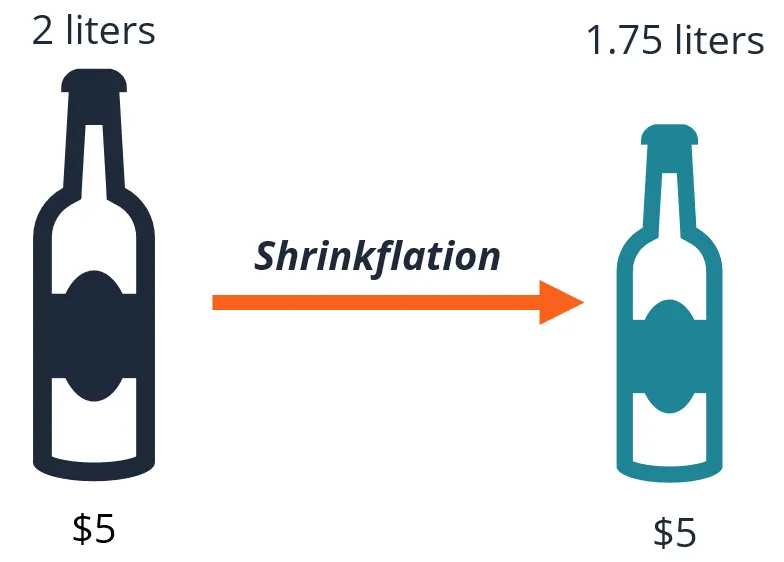Important Facts For Prelims
Shrinkflation
- 30 Mar 2022
- 4 min read
Why in News?
Due to rising costs many companies are practising “Shrinkflation”.
What is Shrinkflation?
- Shrinkflation is the practice of reducing the size of a product while maintaining its sticker price.
- Raising the price per given amount is a strategy employed by companies, mainly in the food and beverage industries, to stealthily boost profit margins or maintain them in the face of rising input costs.
- Shrinkflation is also referred to as package downsizing in business and academic research.
- A less common usage of this term may refer to a macroeconomic situation where the economy is contracting while also experiencing a rising price level.
- Macroeconomics is the study of the behaviour of a national or regional economy as a whole.
- It is concerned with understanding economy-wide events such as the total amount of goods and services produced, the level of unemployment, and the general behaviour of prices.
- Nowadays, shrinkflation is a common practice among producers. The number of products that undergo downsizing increases every year.
- Large producers in the European and North American markets rely on this strategy to maintain the competitive prices of their products without significantly reducing their profits.
- At the same time, shrinkflation can frequently lead to customer frustration and deteriorating consumer sentiment regarding the producer’s brand.
What are the Major Causes of Shrinkflation?
- Higher Production Costs: Rising production costs are generally the primary cause of shrinkflation.
- Increases in the cost of ingredients or raw materials, energy commodities, and labour increase production costs and subsequently diminish producers’ profit margins.
- Reducing the products’ weight, volume, or quantity while keeping the same retail price tag can improve the producer’s profit margin.
- At the same time, the average consumer will not notice a small reduction in quantity. Thus, sales volume will not be affected.
- Intense Market Competition: Fierce competition in the marketplace may also cause shrinkflation.
- The food and beverage industry is generally an extremely competitive one, as consumers are able to access a variety of available substitutes.
- Therefore, producers look for options that will enable them to keep the favour of their customers and maintain their profit margins at the same time.
UPSC Civil Services Examination, Previous Year Questions (PYQs)
Q. With reference to inflation in India, which of the following statements is correct? (2015)
(a) Controlling the inflation in India is the responsibility of the Government of India only
(b) The Reserve Bank of India has no role in controlling the inflation
(c) Decreased money circulation helps in controlling the inflation
(d) Increased money circulation helps in controlling the inflation
Ans: (c)
Exp:
- Controlling inflation is the responsibility of both the GoI and the RBI.
- Decreased money supply helps in controlling inflation as people have less money to spend.
- Increased money supply does not help in controlling the inflation, rather it increases inflation.







